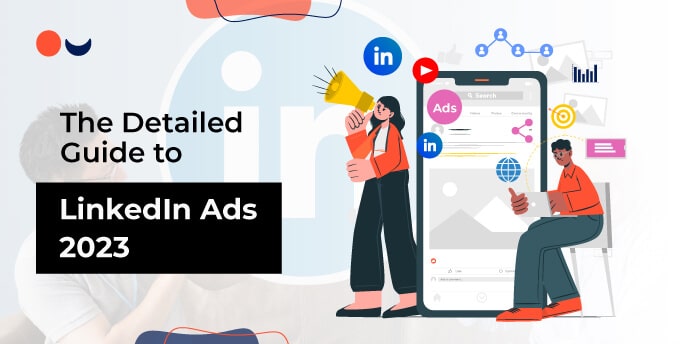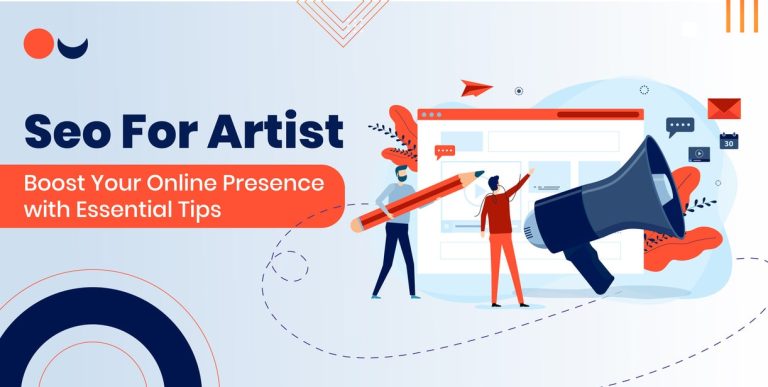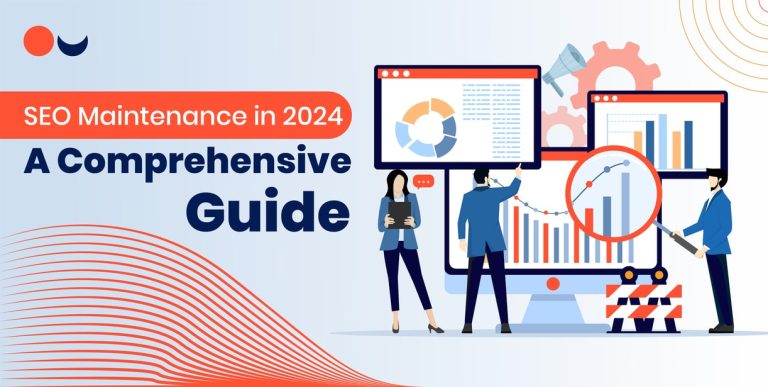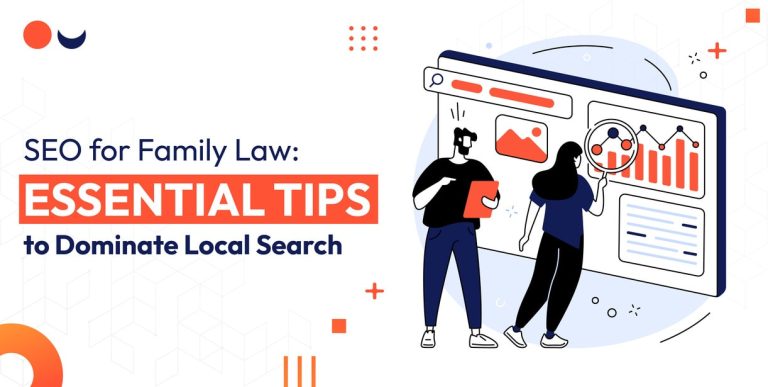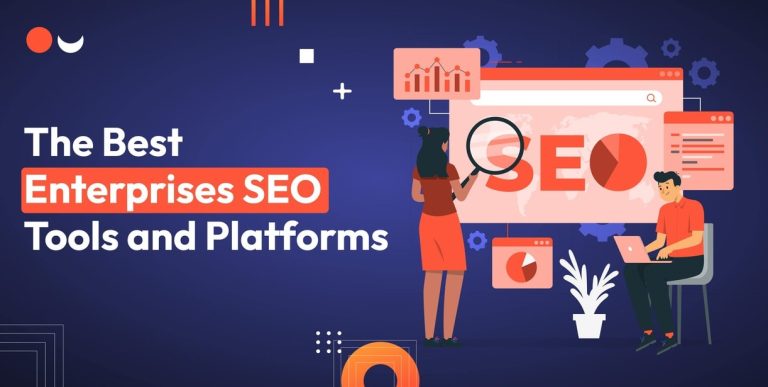LinkedIn Ads have developed as a valuable tool for organizations looking to reach their target demographic and meet their marketing goals. In this in-depth article, we will look at LinkedIn Ads, why they are essential for businesses, the many types of LinkedIn Ads, and step-by-step tactics for creating successful ad campaigns. We will also discuss how to maximize your return on investment (ROI) and analyze the performance of your LinkedIn Ads campaigns.
What is a LinkedIn Ads?
LinkedIn Ads have developed as a valuable tool for organizations looking to reach their target demographic and meet their marketing goals. In this in-depth article, we will look at what is LinkedIn Ads, why they are essential for businesses, the many types of LinkedIn Ads, and step-by-step tactics for creating successful ad campaigns. We will also discuss how to maximize your return on investment (ROI) and analyze the performance of your LinkedIn Ads campaigns.
Why Are LinkedIn Ads Important?
LinkedIn Ads are critical for organizations for a variety of compelling reasons. LinkedIn has a vast user base of professionals, decision-makers, and industry experts, making it an excellent platform for reaching a highly focused audience. Why Are LinkedIn Ads Important? Because a targeted audience guarantees that businesses may offer their products or services to the proper people, increasing the likelihood of generating quality leads and conversions.
Second, LinkedIn’s emphasis on business-to-business (B2B) interactions makes it an effective marketing tool for organizations in this industry. It allows firms to increase brand awareness, develop thought leadership, and cultivate essential industry connections. Furthermore, LinkedIn Ads allow businesses to demonstrate their expertise and distribute important material, establishing them as reputable thought leaders in their respective industries.
LinkedIn Ads, with their unique blend of precision targeting, B2B marketing possibilities, and thought leadership opportunities, play a critical role in assisting businesses in achieving their marketing objectives and driving growth in today’s competitive digital marketplace.
Highly Targeted:
LinkedIn’s massive and diverse collection of professional profiles is a goldmine for companies looking to reach their target market. The platform enables accurate audience targeting based on various parameters such as job title, industry, firm size, skills, seniority, etc. This level of detail ensures that your adverts are only seen by people who fit your target client profile. You may dramatically boost the chances of engagement, conversions, and, eventually, a good return on investment (ROI) by targeting the proper people with your adverts. Unlike many other advertising platforms, LinkedIn Ads link businesses with decision-makers and influencers in their respective industries.
B2B Marketing Powerhouse:
LinkedIn’s status as the leading professional networking platform makes it a B2B marketing powerhouse. It provides businesses with an unprecedented opportunity to interact with other firms, peers in the sector, and possible clients or partners. Companies in the B2B industry can use LinkedIn Ads to increase brand awareness and cultivate crucial relationships with key decision-makers. The platform offers a one-of-a-kind environment for publishing content relevant to a professional audience, starting industry-specific conversations, and proving competence. Businesses may display their products or services, create a reputation, and position themselves as industry leaders by carefully crafting sponsored content and InMail communications.
Brand Awareness and Thought Leadership:
LinkedIn Ads may help organizations increase brand awareness and build thought leadership in their particular domains. Companies may deliver helpful content, industry insights, case studies, and success stories directly to their target audience by employing sponsored content and sponsored InMail. Providing relevant and helpful information consistently allows organizations to stay top-of-mind with their potential clients and stakeholders. This increases brand memory, trust, and market authority over time. Businesses may establish a solid online presence and solidify their position as industry thought leaders by continuously offering valuable content and engaging with their audience.
Lead Generation:
LinkedIn Ads are an effective way for organizations to get high-quality leads. Companies can route relevant visitors to their website or specified landing pages using the platform’s sophisticated targeting features and practical ad formats. Businesses can use sponsored content to generate compelling articles or other types of content that pique the curiosity of their target audience, causing people to click through and investigate more.
Furthermore, sponsored InMail enables personalized communications to be delivered to prospects’ inboxes, boosting direct connection and relationship building. Businesses can gather vital contact information and turn prospects into leads by directing potential customers to suitable offers or forms. LinkedIn Ads’ precision targeting and appealing ad types make it a vital tool for producing valuable leads with a higher conversion rate.
LinkedIn Ads offer businesses numerous alternatives to fulfil their marketing goals. LinkedIn Ads have proven to be essential in the modern digital marketing scene, from reaching a precisely targeted audience of professionals to developing B2B connections, establishing thought leadership, and producing high-quality leads. Businesses may uncover new avenues for growth, expand their brand’s reach, and remain ahead of the competition in the dynamic and competitive world of business marketing by leveraging the potential of this platform.
Types of LinkedIn Ads:
Sponsored Content:
Sponsored content is a highly efficient approach for businesses to advertise their brand’s unique content directly within their LinkedIn feed to a targeted audience. To catch the attention of their prospects and consumers, brands might use articles, videos, corporate updates, and other compelling content formats. The benefit of sponsored content is its seamless incorporation into the users’ feed, where it appears as organic posts but is explicitly designated as “sponsored.”
This format enables businesses to produce relevant and exciting information, which boosts brand credibility and promotes audience confidence. Businesses can attract new consumers and deepen relationships with existing ones by providing meaningful information and answers to the target audience’s pain points.
Furthermore, sponsored content can increase post-exposure, reach, and engagement, making it a powerful tool for raising brand awareness and driving visitors to a company’s website or landing pages.
Sponsored InMail:
Sponsored InMail gives businesses a direct and personalized way to communicate with prospects and nurture leads. This ad format lets businesses send personalized messages directly to their target audience’s LinkedIn inboxes.
Businesses can establish meaningful connections and promote better engagement by personalizing communications based on the receivers’ interests, job titles, or other relevant characteristics. Sponsored InMail is especially effective for sending invitations to webinars or events, promoting exclusive offers, and starting one-on-one interactions with prospects.
The personalized character of these messages frequently leads to a greater response rate and a better brand impression. However, maintaining a balance and avoiding spam-like behaviour is critical to ensuring that messages are well-received and valuable to the recipients.
Display Ads:
LinkedIn displays advertising shown as image or text-based advertisements on the right side of users’ LinkedIn pages. While this advertising may not be as seamlessly incorporated into the feed as sponsored content, they are still essential for enhancing brand visibility and reaching a larger audience.
Display advertising can capture consumers’ attention as they scroll through their LinkedIn feeds. Businesses should focus on providing aesthetically appealing and eye-catching material that resonates with their brand identity and message to make the most of display ads.
Display advertising, while not as personalized as sponsored InMail, allows you to exhibit products, services, and special promotions to a larger audience, making them helpful in enhancing overall brand exposure and awareness.
Dynamic Ads:
Dynamic advertising is an effective means of providing highly personalized and relevant material to each viewer. These ads use LinkedIn member profile data to personalize ad content, including graphics, text, and calls-to-action, based on the viewer’s specific information.
The ability to tailor each ad experience to the viewer boosts the likelihood of capturing their attention and increasing interaction. Dynamic advertising is widely used to provide personalized product recommendations, career possibilities, or event invitations based on the viewer’s characteristics. This ad structure is beneficial for lead nurturing, retargeting, and re-engaging with users who have previously interacted with the brand.
Businesses may improve their overall ad performance and develop closer connections with their target audience by providing a more customized and personalized experience.
Finally, LinkedIn provides various ad formats, each with perks and advantages. Sponsored content and sponsored InMail enable more personalized and targeted engagement, whereas display advertisements and dynamic ads help to increase brand presence and deliver customized content to a larger audience. Businesses can harness the full potential of LinkedIn Ads and achieve their marketing objectives in 2023 and beyond by carefully incorporating these ad styles into their marketing efforts.
Create a LinkedIn Advertising Campaign
Here are some tips or techniques to create a LinkedIn advertising campaign, go through this and learn how to create unique campaigns that can boost up the advertising strategy.
Define Objectives:
Before initiating a LinkedIn Ads campaign, defining specific and measurable goals is critical. Having well-defined goals guides the entire campaign, whether it’s driving lead generation, improving brand awareness, or increasing website visits. Understanding the targeted results allows organizations to align their ad content, targeting, and metrics, making it easier to measure campaign effectiveness and make data-driven adjustments.
Identify Target Audience:
LinkedIn’s sophisticated targeting capabilities provide many parameters for narrowing the audience based on demographics and professional qualities. Businesses can choose job title, industry, firm size, skills, education, and other parameters. Identifying the appropriate audience enables businesses to appropriately tailor their ad content to the interests and demands of the target demographic, increasing the relevance and impact of their campaigns.
Choose Ad Format:
With so many ad formats on LinkedIn, choosing the best one for your campaign is critical to reaching your goals. Each has advantages: sponsored content, sponsored InMail, display ads, and dynamic ads. Before deciding on the best format for their marketing plan, businesses should examine their campaign goals, budget, and level of personalization.
Create Compelling Ad Creative:
Ad content must be captivating to capture the audience’s attention and drive engagement. Businesses should write ad text that is simple, appealing, and expresses the value offer clearly. Visuals, such as high-quality photographs or entertaining videos, effectively communicate the brand’s message. A clear and engaging call-to-action (CTA) encourages visitors to do the intended action, such as visiting a website, downloading a resource, or signing up for an event.
Set Budget and Bidding:
The proper budget and bidding method must be determined to ensure optimal ad performance while maintaining within financial limits. Businesses should establish a daily or total campaign budget that matches their goals and takes into account their competitive landscape. Effective bidding tactics, such as automated bid optimization or human bidding, can increase ad exposure while driving cost-effective results.
Monitor and Optimize:
Monitoring the efficacy of the LinkedIn Ads campaign on an ongoing basis is critical for making data-driven optimizations and maximizing outcomes. Analyzing important indicators like click-through rates (CTR), conversion rates, and cost per click (CPC) assist in determining what works and what needs to be improved. Businesses should continuously change ad content, targeting, and bidding based on performance information to optimize their approach and achieve better campaign results.
Businesses can plan and execute a well-structured LinkedIn Ads campaign that produces actual results, connects with the proper audience, and matches their broader marketing objectives by following these six steps. Adapting strategies based on campaign performance keeps organizations adaptable in the ever-changing digital market, optimizing LinkedIn Ads for success in 2023 and beyond.
Maximizing ROI on LinkedIn Ads
Optimizing targeting, ad creative, and bidding methods for LinkedIn Ads ensure your campaigns reach the proper audience and get meaningful results. Regularly analyzing performance data and making data-driven modifications are critical for maximizing ROI on LinkedIn Ads and overall campaign effectiveness.
- A/B Testing: Experiment with different ad elements to see which resonates most with your target demographic.
- Landing Page Optimization: Ensure your landing pages are relevant, user-friendly, and consistent with the ad’s message.
- Conversion Monitoring: Conversion monitoring can be used to determine the success of your adverts in generating desired actions.
- Use Lead Generation Forms: Use LinkedIn’s pre-filled lead generation forms to streamline the lead production process.
- Segmentation of the audience: Improve your targeting by segmenting your audience according to numerous parameters.
LinkedIn Ad Creative Tips
Keep It Professional:
Maintaining a professional tone and appearance in your advertising creative is critical to portraying your company as reputable and trustworthy. According to a LinkedIn survey, 80% of LinkedIn members agree that properly presented content is critical in building brand authenticity. Businesses may build trust in their audience and boost the likelihood of engagement and conversions by utilizing polished language, sticking to brand guidelines, and displaying industry experience.
Use Eye-Catching Visuals:
The significance of visual material cannot be emphasized. According to studies, content with relevant graphics receives 94% more views than content without visuals. Ad creatives with high-quality graphics or interesting videos can attract viewers’ attention as they scroll through their feeds. It not only improves the overall appeal of the ad, but it also successfully delivers your message. Businesses can improve their brand image and user engagement by investing in aesthetically appealing content.
Personalization:
Personalization is transforming digital advertising. According to an Evergage survey, personalized experiences resulted in a demonstrable rise in business results for 88% of marketers. Ad messaging tailored to your target audience’s demands and pain areas shows that you understand their difficulties and can deliver appropriate solutions. Using LinkedIn’s targeting tools to deliver personalized advertising will help you connect with your audience more deeply, increasing engagement rates and enhancing campaign effectiveness.
According to the Statistics
- According to LinkedIn data, the platform accounts for 46% of social media visits to B2B websites, underlining its importance in B2B marketing efforts.
- According to a Hootsuite analysis, LinkedIn’s ad engagement rates are three times greater than other big ad platforms.
- According to 72% of B2B marketers, creating high-quality content is the most beneficial SEO approach, emphasizing the value of professional content in LinkedIn ads.
- According to a Salesforce poll, 79% of consumers are more likely to engage with an offer if it is personalized to reflect previous encounters with the business.
- According to the LinkedIn Marketing Solutions blog, utilizing a CTA in Sponsored Content advertisements raised conversion rates by 121% compared to advertising without a CTA.
Businesses can design attractive and high-performing LinkedIn ad campaigns that effectively engage their target audience and drive tangible outcomes by incorporating these methods and leveraging data-backed insights.
Conclusion
LinkedIn Ads provide businesses with a unique opportunity to connect professionally with their target demographic and achieve their marketing objectives. Businesses can unlock the full potential of LinkedIn Ads in 2023 and beyond by exploiting the numerous ad forms, producing interesting ad content, and analyzing performance data. With LinkedIn Ads, you can use the platform’s sophisticated targeting features and enhance your marketing efforts to generate commercial success.
Do also read our other informative Blog Post: Set up a successful LinkedIn Ads | Maximize ROI on LinkedIn Ads | Creative Tips for Effective LinkedIn Advertising


